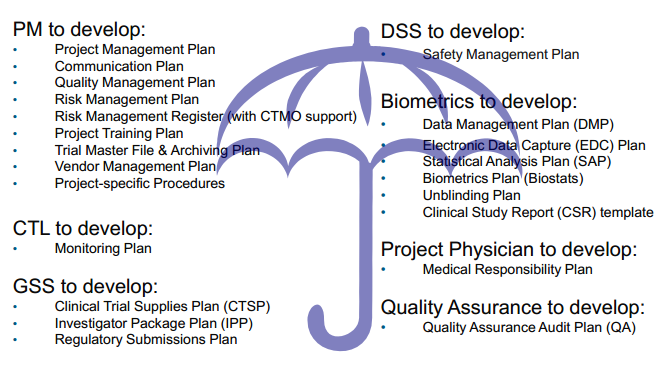|
Autonomous Vehicles Revolutionizing the Future of Transportation Introduction: Autonomous vehicles, also known as self-driving cars or driverless cars, have emerged as a revolutionary technology that promises to transform the future of transportation. These vehicles rely on advanced technologies such as artificial intelligence (AI), sensors, and computer vision to navigate and operate without human intervention. This article explores the potential of autonomous vehicles and the impact they are likely to have on various aspects of society. Enhanced Safety: One of the primary reasons for the development and adoption of autonomous vehicles is the potential to enhance road safety. Human error accounts for a significant number of accidents on the roads. By eliminating human drivers, autonomous vehicles can potentially reduce the occurrence of accidents caused by factors like distracted driving, fatigue, or impaired judgment. The integration of advanced sensors and AI algorithms allows these vehicles to perceive their surroundings accurately, make split-second decisions, and react faster than humans, thus minimizing the risk of collisions. Increased Efficiency and Traffic Management: Autonomous vehicles have the potential to significantly improve traffic management and reduce congestion. Through vehicle-to-vehicle (V2V) and vehicle-to-infrastructure (V2I) communication, these vehicles can exchange real-time information about road conditions, traffic patterns, and optimal routes. This data can be leveraged to optimize traffic flow, mitigate bottlenecks, and minimize travel times. Moreover, the ability of autonomous vehicles to travel closely together at consistent speeds can increase the capacity of existing road infrastructures, leading to more efficient transportation systems. Accessibility and Mobility: Autonomous vehicles hold the promise of improving accessibility and mobility for individuals who are unable to drive, such as the elderly or people with disabilities. With self-driving cars, these individuals gain newfound independence and the ability to commute effortlessly, regardless of their physical limitations. Additionally, shared autonomous vehicles can provide affordable transportation options, reducing the need for private car ownership and decreasing traffic congestion in urban areas. Environmental Benefits: The widespread adoption of autonomous vehicles could have significant environmental benefits. Firstly, autonomous driving algorithms can optimize fuel efficiency, leading to reduced greenhouse gas emissions and lower fuel consumption. Secondly, the increased use of electric or hybrid autonomous vehicles can further contribute to a cleaner environment by reducing reliance on fossil fuels and promoting the use of renewable energy sources. Lastly, with improved traffic management and reduced congestion, there will be less idle time for vehicles, resulting in lower overall emissions. Economic Opportunities and Job Market: The development and deployment of autonomous vehicles present numerous economic opportunities. The autonomous vehicle industry is expected to create jobs in various sectors, including manufacturing, software development, data analysis, and maintenance. Additionally, autonomous vehicles can open up new avenues for transportation services, such as ride-hailing and delivery companies. However, it is also important to address potential job displacement for professions related to driving and ensure adequate training and transition programs are in place. Conclusion: Autonomous vehicles have the potential to revolutionize the future of transportation by enhancing safety, increasing efficiency, improving accessibility, and reducing environmental impact. While there are still challenges to overcome, such as regulatory frameworks, cybersecurity concerns, and public acceptance, the benefits offered by autonomous vehicles make them an exciting prospect for a more sustainable and efficient transportation system. As technology continues to advance, it is crucial to invest in research, development, and infrastructure to unlock the full potential of autonomous vehicles and shape a future that prioritizes safety, efficiency, and accessibility for all.  |
